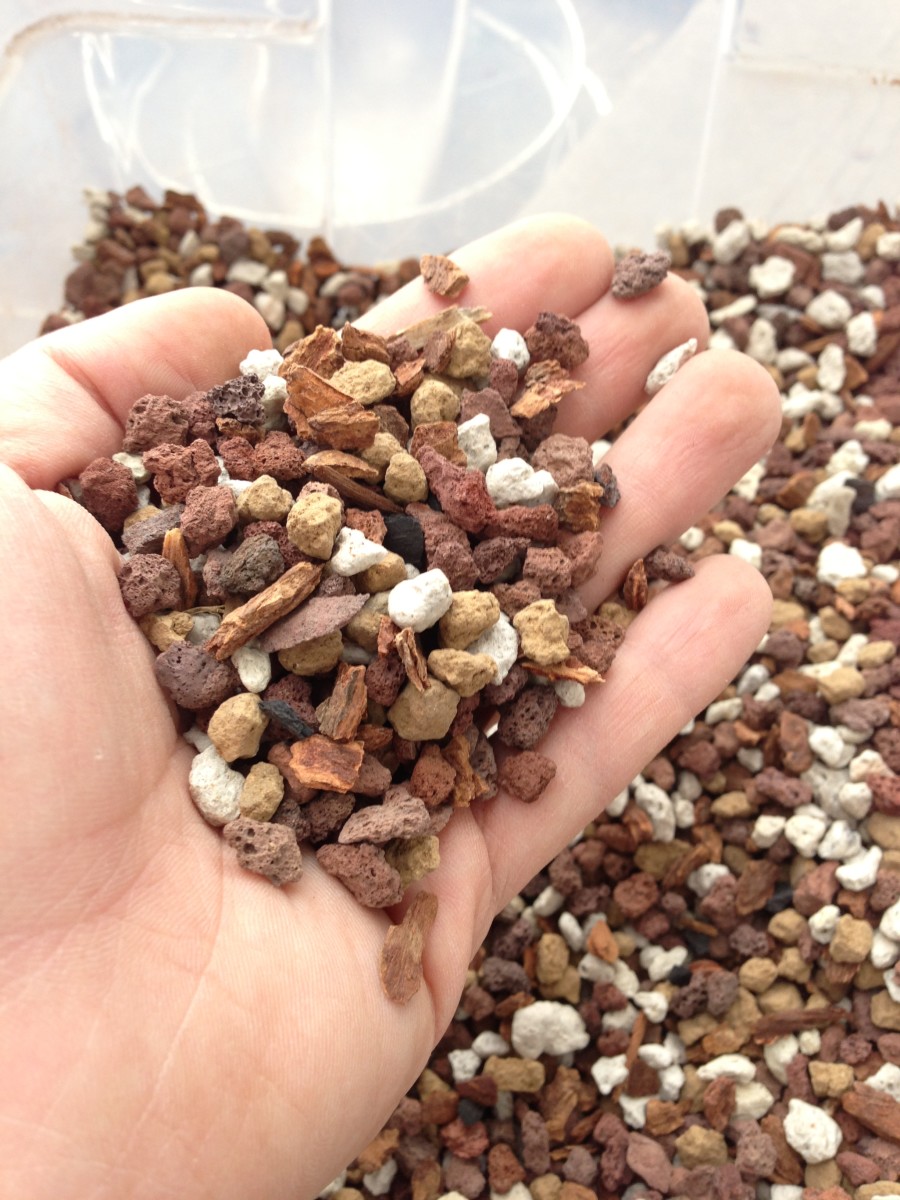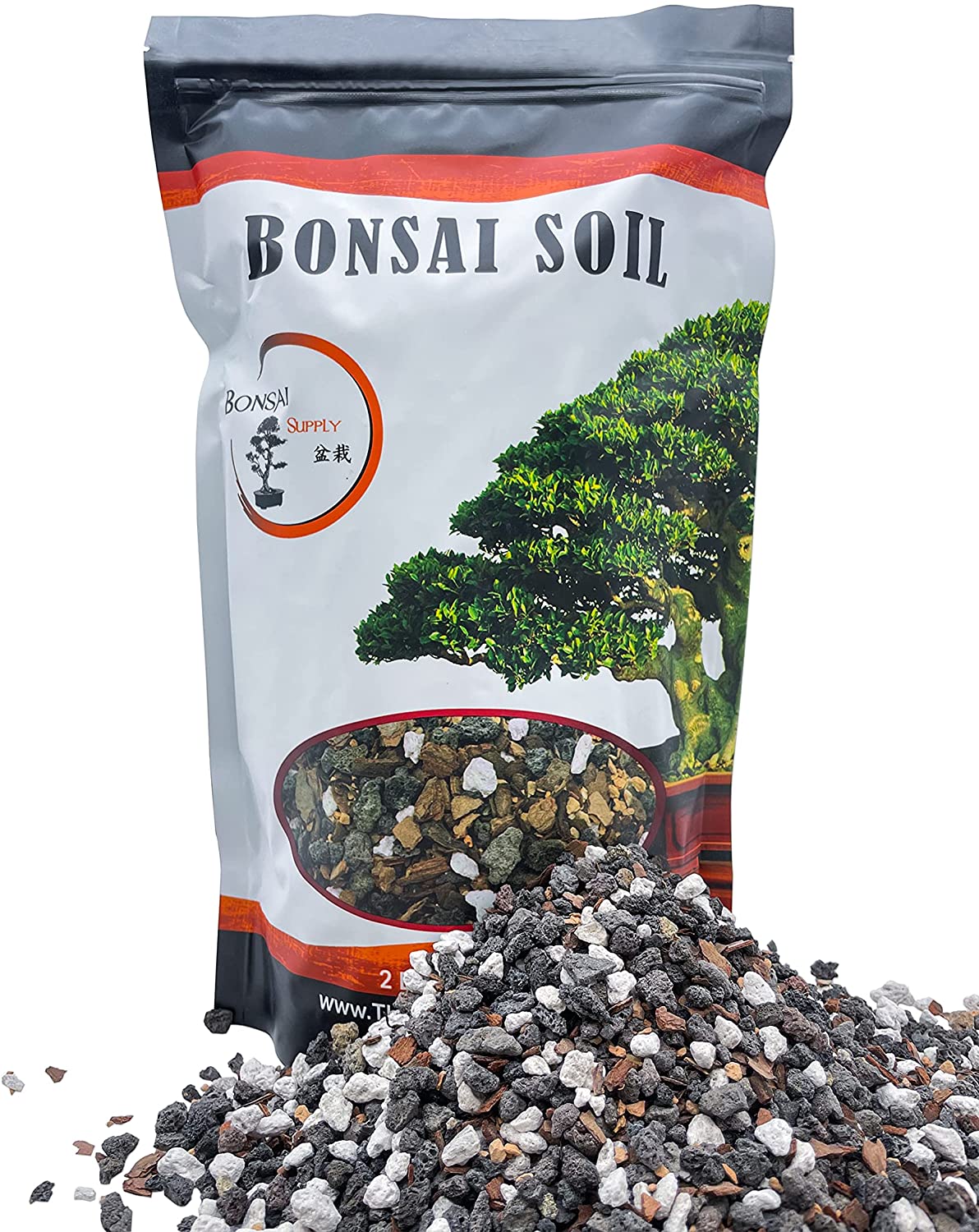Unlock Bonsai Brilliance: Your Ultimate Guide to Perfect Soil Mixes

Long before I ever saw my first bonsai competition, I killed a juniper in a pot. Not from lack of love—far from it—but through the innocent trust I placed in a bag labeled “bonsai soil” at a suburban garden center. It was dark, peaty, and smelled faintly like last season’s compost heap. By midsummer, my tree’s roots were marinating in an invisible soup. That lesson—painfully earned under the California sun—set me on the path to understanding what bonsai soil really means.

THE INSIDER’S GUIDE TO BONSAI SOIL MIXES: Hard Lessons, Hidden Details & Mastery Through Mess
Pull up a chair, friend. I’ll show you not just what works, but how to think like someone who’s repotted dozens of species across climates, crawled hands-and-knees through nurseries for better bark chips, and thrown away more failed experiments than most will admit.
1. WHAT MAKES BONSAI SOIL DIFFERENT? (THE ROOTS DON’T LIE)
If you’ve ever tried to pull an old-fashioned pothos out of its pot and found roots tangled in black sludge…that’s exactly what we’re not after here.
Bonsai roots live as tenants in extreme micro-apartments: tight spaces with little margin for error. In nature, roots have room to outrun rot or drought; in a shallow tray, every millimeter counts.
The Real Checklist:
- Drainage that never sleeps: Water must flee fast after every soak.
- Air pockets everywhere: Roots breathe oxygen—stale soil is suffocation.
- Just enough water retention: Not bone-dry dust; not muddy oatmeal.
- Particles that hold their shape: No “melt” into mush between waterings.
Let me put it this way: If your mix sounds “crunchy” when poured and feels cool but never sticky-wet even after watering—it’s probably close to right.
Inorganic vs Organic — The Dance Partners
After years spent experimenting (and sifting), here’s where wisdom sets in:
- Inorganics (akadama, pumice, lava rock) are your insurance policy against overwatering.
- Organics (pine bark fines) are the careful seasoning—too little and roots thirst; too much and they drown.
The old “1:1:1 akadama/pumice/lava” recipe is famous for a reason—but only if you know when to bend it for the tree in front of you.
2. BUILDING YOUR FIRST WINNING MIX — FROM BLUNDER TO BREAKTHROUGH
When folks ask me how I learned all this, I can point straight to my first azalea—a stubborn plant that refused to thrive until I stopped copying internet recipes and started watching its daily needs.
Step One: Know Your Tree Like Family
Ask yourself:
- Is it coniferous (picky about wet feet)? Deciduous or flowering (wants more moisture)? Tropical (resilient but hates root rot)?
- Indoors under grow lights? On a windy balcony?
- Do your summers fry soil in hours or do winter rains linger for days?
Case in point: My maple sulked on pure mineral mix until I introduced 15% pine fines—that hint of organic made all the difference against Nevada winds.
Step Two: Source Smart Ingredients
Don’t get seduced by branding; learn which bags hide good bones inside:
| Ingredient | Pro Secret | Budget Substitute |
|---|---|---|
| Akadama | Japanese import shops | Unscented "Oil-Dri" clay cat litter |
| Pumice | Hydroponic supply stores | Poultry grit / Cactus mix |
| Lava Rock | Landscape supplier | BBQ-grade lava smashed by mallet |
| Pine Bark Fines | Orchid nursery | Sifted “soil conditioner” |
Aim for particles between 3–6mm—think of tiny river pebbles rather than powder or gravel chunks.
Step Three: Sift Like It Matters (Because It Does)
I once skipped this step using bulk landscape pumice—my Chinese elm punished me with limp leaves and stagnant growth until I repotted with properly sifted material. Every professional grower I admire has some battered sieves tucked behind their bench!

Process:
- Pour every ingredient over a 6mm screen; keep what falls through.
- Re-sieve over a 3mm mesh; discard anything finer than sand.
- Rinse till runoff is clear—the sound should shift from murky gurgle to crisp splash.
The difference under your fingernails is night and day—and so will be your trees’ vigor six months later.
Step Four: Mix For Your Climate
Here’s where insider knowledge trumps one-size-fits-all advice:
“In Seattle rain? Go lean on organics—maybe even skip them entirely.
In Phoenix heat? Don’t be afraid of adding up to 30% pine bark.”
Remember what matters isn’t the recipe itself—it’s how quickly your mix dries in your space. Test small batches before committing every tree!
3. WHAT CAN GO WRONG? TRUE TALES OF MISTAKES & RECOVERY
Every mentor worth their salt has horror stories—but also battle-tested fixes:
Mistake #1 — Trusting Any Old Bag
Sandy from my beginner class bought bargain “bonsai mix” full of peat moss; her juniper drowned within weeks. We repotted using pure akadama/pumice/lava and saw new buds within two months.
Mistake #2 — Ignoring Sifting Rituals
A clubmate poured unsifted perlite into his cherry mix (“It looked fluffy!”). Within weeks—a concrete-hard layer blocked drainage at the pot base. Lesson learned: fine dust equals dead air spaces equals slow death below ground.
Mistake #3 — Watering By Calendar
If there’s any universal truth it’s this: Water only when roots need it—not because Tuesday says so! A simple chopstick test stuck into the substrate tells more than any online chart ever will.
Mistake #4 — Blind Faith In Forum Recipes
One spring I copied a viral YouTube mix for ficus without adjusting for my low-humidity apartment; result: crisp root tips and stunted growth until I doubled organic content—and moved pots out of direct AC draft!
4. ADVANCED TACTICS — CRAFTING MIXES FOR EVERY CONDITION
Here’s where years pay off—when you tailor mixes on instinct:
For Conifers/Pines:
Try 50% akadama / 25% pumice / 25% lava rock—minimal organics unless your climate is desert-dry.
Pro tip from rainy Oregon growers: skip bark entirely during wet months or risk root rot creeping unseen.

For Maples/Deciduous:
Experiment with 50% akadama / 25% pumice / 15% lava rock / up to 10% pine bark fines.
This blend keeps moisture steady without creating anaerobic pockets beneath delicate feeder roots.
For Tropicals:
Go denser but never swampy—
35% akadama / 35% pumice / 20% lava rock / up to 10% composted pine bark
Swapping out some pumice for hard charcoal can help fight fungus if growing under dense foliage indoors.
Seasonal Tweaks:
- Summer heatwaves = boost organic fraction slightly
- Monsoon/rainy periods = increase mineral content
Test each batch using a simple hydration curve test—a method passed down by an old Tokyo master who’d time how long his substrate stayed damp after drenching...and adjust accordingly year-to-year!
5. TOOLS & TRICKS OF THE TRADE
You don’t need shiny imports—but certain tools make life easier:
-
Sieves/Sifters: Stainless steel kitchen strainers work wonders! My best set cost less than $15 at an estate sale—and still finds use each spring.
-
Mixing Buckets: Standard Home Depot orange buckets double as excellent blending tubs.
-
Chopsticks/Root Hooks: For prying out stubborn clumps when repotting—the humble bamboo skewer has rescued countless taproots on my bench!
-
Ingredient Sources: Reliable brands include Bonsai Jack or SuperFly (both tested extensively); budget hacks often mean comparing ingredients side-by-side at local stores before buying bulk.
Beware low-cost premixes loaded with peat moss—they may boast “bonsai” branding but rarely deliver longevity or vitality.
6. FIVE REAL-WORLD CASE STUDIES
Nothing beats lived results:
#1 Southern California Juniper Meltdown
Tanya nearly lost her shimpaku after trusting bagged commercial soil packed with peat moss; switching immediately to pure mineral blend revived her tree within weeks—a transformation she calls “the miracle of real drainage.”
#2 High Desert Maple Recovery
Farhad added sifted pine bark fines after his classic mineral-heavy mix dried too fast—even bumping grit size up slightly helped retain just enough water for lush foliage despite triple-digit temps outside Las Vegas.
#3 Midwest Apartment Ficus Rehab
Jeremy cut his indoor ficus’ root rot risk by swapping half his cactus-mix volume for fresh pumice plus granular charcoal—the effect was visible root tips within two months rather than dying edges hidden below surface mulch.
#4 New Hampshire Azalea Experimentation
Nancy layered shredded sphagnum moss amid kanuma/perlite core—not throughout—and watched her azaleas erupt in blooms while neighbors struggled with yellowing leaves.
#5 Singapore Balcony Subtropicals Survive Monsoons
Ravi built resilience against constant rainstorms using mostly black lava grit plus fired clay balls—and hasn't lost a single trunk since going ultra-mineral.
These stories aren’t cherry-picked—they’re lived-in proof that technique always trumps copying others blindly.
7. TROUBLESHOOTING AT A GLANCE
Still confused? Here are field-tested quick fixes:
| Symptom | Likely Cause | Fast Solution |
|---|---|---|
| Yellow/wilted leaves post-watering | Root rot/poor drainage | Repot promptly into fresh granular substrate |
| Roots escaping drain holes rapidly | Healthy vigor OR compacted base | Wait till next cycle unless severely compact |
| Stunted growth/off-color post-repot | Compaction/nutrient deficiency | Loosen upper layer/chopstick gently/weak fertilize |
And remember—the nose knows! Sour-smelling substrate almost always signals trouble brewing below.

YOUR ACTION PLAN FOR BONSAI SOIL MASTERY
Here’s how decades-old lessons translate into real progress:
Today/Tomorrow
☑️ Identify species & climate quirks unique to you
☑️ Inventory what quality ingredients are truly available nearby
This Week
☑️ Buy or improvise sieves/mixing bins/chopsticks
☑️ Assemble ingredients & run test batches
☑️ Pour water through sample mixes—noticing smell/feel/sound
Within A Month
☑️ Fine-tune watering based on actual evaporation rates
☑️ Track growth/leaf color/root tips post-repotting
Each Season
☑️ Top-dress where needed
☑️ Plan full re-pots around visible vigor—not arbitrary calendar dates
ONGOING LEARNING & THE PATH TO EXPERTISE
No article—or even ten seasons’ worth—is ever final word.
Real mastery comes through observation,
charting your own adjustments,
and sharing discoveries with others both online and off.
If stuck, seek feedback from local clubs;
compare mixes among those thriving nearby;
experiment with tweaks each spring/fall;
invest slowly—but confidently—in proven materials over time.
Above all?
Trust experience over dogma,
curiosity over perfectionism,
and celebrate each new flush of healthy white feeder-roots as the measure of progress!
Keep these words handy anytime confusion returns—because healthy trees start beneath the surface,
where humble handfuls of gravel, clay balls,
and carefully chosen bark become living gold.
Happy growing—your next breakthrough might be one sieve-shake away.
(Stuck on something odd? Drop specifics—I’ve probably seen—or stumbled through—that puzzle myself.)



